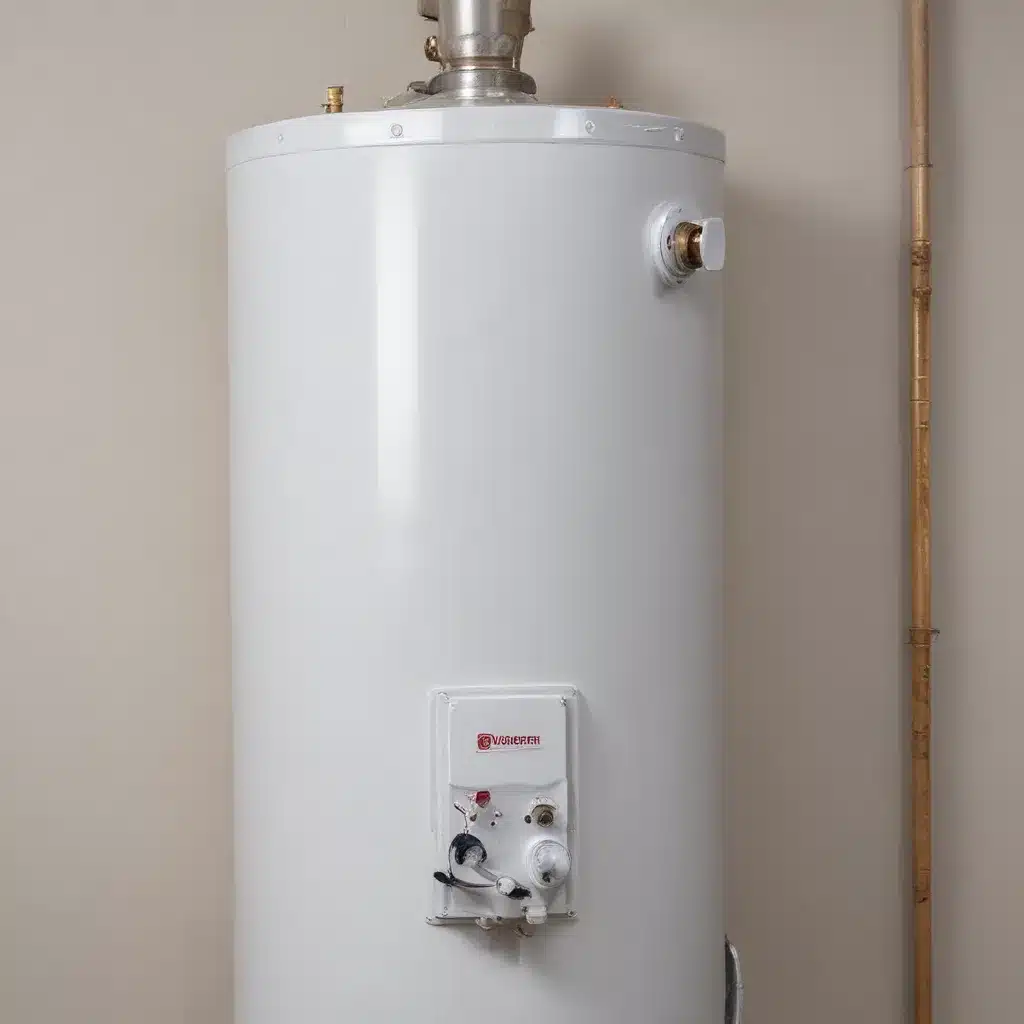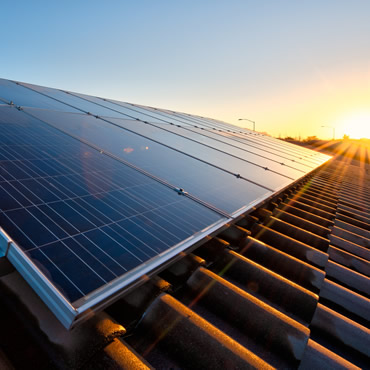
As an experienced water heater specialist, I know all too well the panic that sets in when a homeowner discovers their trusty water heater has sprung a leak. Those telltale puddles or damp areas signal imminent property damage risks – not to mention potential scalding hazards if water starts escaping the tank. However, with some practical knowledge and preventative measures, you may be able to isolate and remedy that leak through simplified repairs rather than costly equipment overhauls.
In this comprehensive guide, we’ll explore the proper installation and maintenance of water heater fittings to help prevent those dreaded leaks from occurring in the first place. We’ll cover the critical components of water heater systems, best practices for periodic inspections and maintenance, essential plumbing techniques, and key considerations for the installation process. By the end, you’ll have a thorough understanding of how to keep your water heater running leak-free for years to come.
Water Heater Components
At the heart of any water heating system lies the storage tank or tankless unit itself. These vessels are engineered to withstand the incredible pressure and thermal stresses associated with continuously circulating hot water, but their integrity can become compromised over time.
Tank Design and Materials
Typical tank-style water heaters feature a glass-lined steel reservoir designed to resist corrosion. The interior glass coating acts as a protective barrier against the ravages of mineral deposits and electrochemical reactions. However, this lining can degrade, leading to pinhole leaks as the underlying metal weakens.
Alternatively, stainless steel tanks offer superior corrosion resistance but come at a higher upfront cost. Tankless water heaters, on the other hand, utilize copper heat exchangers to instantaneously heat water on demand without the need for a storage reservoir.
Heating Mechanisms
For traditional tank units, the water is heated either by submerged electric heating elements or a gas-fired burner assembly. Tankless models employ powerful combustion chambers or heating coils to rapidly bring water to the desired temperature.
Safety Features
Integral to any water heater’s design are critical safety components, such as the temperature and pressure relief valve (T&P valve). This device monitors for dangerously high temperatures or pressure buildup within the tank, automatically opening to release excess steam or water and prevent catastrophic failures.
Water Heater Maintenance
Maintaining your water heater through a combination of periodic inspections, strategic flushing, and anode rod replacements represents one of the most effective ways to prevent leaks and extend its operational lifespan.
Periodic Inspections
Teaming up with a licensed plumber for annual or bi-annual checkups allows them to thoroughly inspect the system, test safety features, and identify any developing issues before they escalate. They’ll expertly evaluate the tank’s condition, connections, and surrounding components to catch problems early.
Flushing and Sediment Removal
Over time, mineral deposits and sediment can accumulate within the tank, insulating heating elements and restricting water flow. Regularly flushing the system by attaching a garden hose to the drain valve helps purge these contaminants, improving efficiency and preventing leaks caused by excessive buildup.
Anode Rod Replacement
The sacrificial anode rod located inside the tank serves as a critical corrosion-fighting component, attracting mineral deposits and electrochemical reactions away from the steel walls. As this rod becomes depleted, it might want to be replaced to maintain the tank’s integrity and prevent perforations.
Plumbing Techniques
Proper pipe selection, joining methods, and vigilant leak detection/repair form the backbone of any water heater installation and maintenance strategy. Mastering these plumbing techniques helps keep your system watertight and operational.
Pipe Selection and Sizing
Copper, PEX, or CPVC pipes represent the go-to materials for supplying water to and from your water heater. Choosing the right diameter ensures adequate flow and pressure without creating turbulence or accelerated wear. Consult local plumbing codes and manufacturer recommendations to size your piping appropriately.
Joining Methods
Depending on the pipe material, you may use soldered, threaded, compression, or crimp fittings to connect the various water lines. Each technique requires specialized tools and preparation to achieve a leak-proof seal. Take care to follow the manufacturer’s instructions precisely.
Leak Detection and Repair
Regularly inspecting all plumbing connections for signs of moisture, corrosion, or dripping allows you to catch small leaks before they escalate. If you do discover a leak, quickly shut off power/gas and water supply, then tighten fittings or replace damaged components as needed to restore a watertight seal.
Installation Considerations
Ensuring your water heater is properly installed – from the physical site preparation to the electrical/plumbing connections – represents a crucial step in preventing future leaks and operational issues.
Site Preparation
Carefully consider the ideal location for your water heater, ensuring it rests on a level, solid foundation. For basement or slab installations, be mindful of potential under-slab leaks that could erode the soil over time.
Ventilation Requirements
Gas-fired water heaters demand proper venting to the exterior to safely expel combustion byproducts. Follow the manufacturer’s guidelines and local building codes when installing the vent piping to avoid dangerous backdrafting or obstruction issues.
Electrical and Piping Connections
For electric water heaters, the electrical service panel, junction boxes, and wiring all require meticulous attention to detail during the installation process. Improper connections can lead to short circuits and fire hazards. Similarly, the water supply pipes might want to be securely attached using the appropriate fittings and sealants to prevent leaks.
Fittings and Connections
The various pipes, valves, and fittings that link your water heater to the home’s plumbing system play a pivotal role in maintaining a watertight system. Selecting the right components and installing them properly is essential.
Types of Fittings
Common water heater fittings include threaded adapters, compression couplings, union joints, and dielectric unions. Each style serves a specific purpose, whether it’s providing a secure connection, allowing for easy disassembly, or isolating dissimilar metals to prevent corrosion.
Proper Sealing Techniques
Applying the right sealants or Teflon tape to threaded fittings and connections helps create a reliable, leak-free seal. Tightening components with the proper wrenches and level of torque is also crucial to prevent damage or leaks.
Securing Fittings
In addition to creating a watertight seal, the fittings might want to be firmly anchored to withstand the stresses of water pressure, thermal expansion, and vibration. Using the right brackets, straps, or mounting hardware helps stabilize the plumbing and minimize the risk of leaks.
Preventing Water Heater Leaks
While no water heater is entirely immune to leaks, understanding the common causes and monitoring for early signs can help you address issues before they escalate. Prompt action is key to preventing costly water damage.
Common Causes of Leaks
Factors like corrosion, sediment buildup, thermal stress, and high water pressure can all contribute to the premature failure of water heater components and the emergence of leaks. Regularly maintaining the system and replacing worn parts help mitigate these risks.
Monitoring for Leaks
Stay vigilant for telltale signs of a developing leak, such as rust stains, unexplained moisture, and changes in water heating performance. Catching these early warning signs allows you to quickly isolate the source and implement a solution before the problem worsens.
Addressing Leaks Promptly
If you do discover a leak, act quickly to shut off power/gas and water supply, then assess the situation. Tightening loose fittings or replacing a faulty component may resolve minor issues, but more severe problems like a cracked tank may require a full water heater replacement. Consult a licensed plumber for expert guidance.
Regulatory Requirements
Adhering to local plumbing codes, energy efficiency standards, and permitting processes is essential when installing or servicing a water heater to double-check that safety and compliance.
Local Plumbing Codes
Each municipality maintains its own set of plumbing regulations governing the materials, sizing, and installation methods used for water heaters and associated components. Familiarize yourself with the applicable codes in your area and follow them precisely.
Energy Efficiency Standards
Many regions now mandate the use of high-efficiency water heaters that meet ENERGY STAR or similar performance criteria. These standards help reduce energy consumption and operating costs while also protecting the environment.
Permitting and Inspections
Depending on your location, a permit may be required before installing a new water heater or performing major repairs. Schedule inspections with the local building authority to verify the work meets all safety and code requirements.
Troubleshooting and Repair
While some basic water heater maintenance and minor fitting adjustments can be handled by savvy homeowners, more complex issues are best left to the professionals. Knowing when to call in expert help is crucial.
Diagnosing Issues
Carefully inspect your water heater for signs of trouble, such as strange noises, inconsistent temperatures, or visible leaks. Determine the likely root cause before attempting any repairs. If the problem seems beyond your DIY capabilities, don’t hesitate to request professional assistance.
Replacing Components
For issues like a faulty heating element, failed temperature/pressure relief valve, or corroded anode rod, you may be able to replace the specific component yourself if you have the right tools and follow the manufacturer’s instructions. However, be cautious of attempting major repairs without the proper training and expertise.
Hiring Professional Assistance
When confronted with persistent leaks, electrical hazards, or other complex problems, it’s best to contact a licensed plumber or water heater specialist. These experts have the knowledge, equipment, and experience to quickly diagnose the issue, recommend the most appropriate solution, and perform the work safely.
By mastering the proper installation and maintenance of water heater fittings, you’ll be well on your way to preventing those dreaded leaks and ensuring your system runs reliably for years to come. Remember, a little proactive care goes a long way in preserving the integrity of this vital home appliance. For more information on water heater care and troubleshooting, be sure to visit waterheaterpick.com.
Tip: Flush your water heater tank at least once per year

